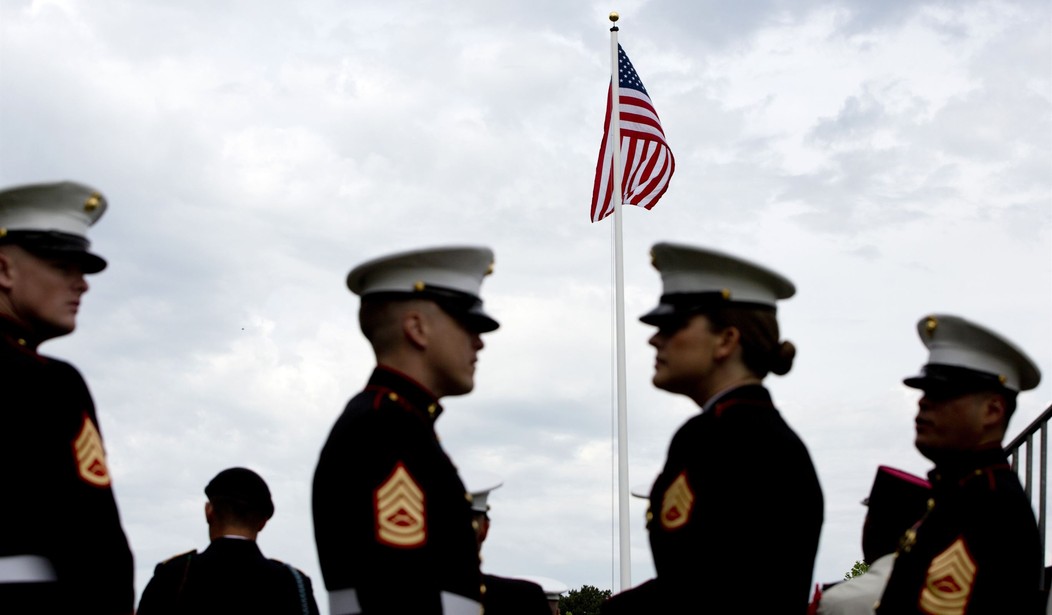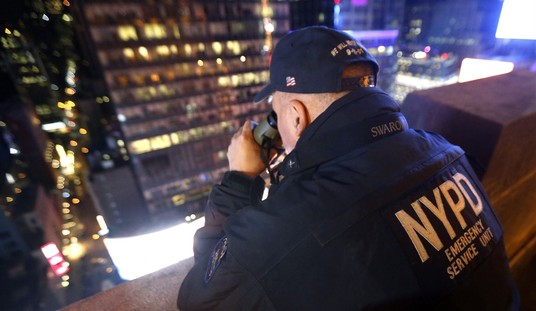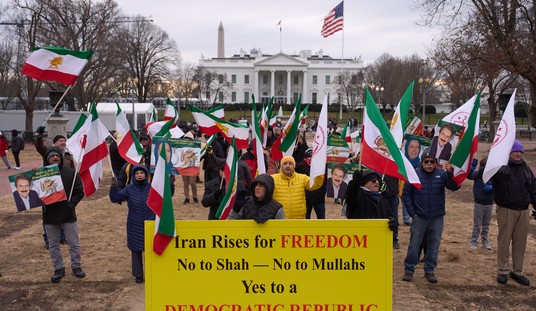U.S. Marine Mitchell Paige faced a horde of Japanese soldiers as his company’s sole survivor in Guadalcanal. But for ten hours, defying all odds, Paige held the line.
Today marks the birthday of the U.S. Marine Corps. Even before the United States had declared its independence from Great Britain, in Tun Tavern in Philadelphia, on Nov. 10, 1775, the Marines came into being. The Marine Corps has since earned the reputation of having the toughest fighters in the military. As their song says, they will always fight our country’s battles, whether on air, on land, or on sea.
Today we honor all the brave U.S. Marines who fought and died throughout our nation’s history, from 1775 up to our present day, including my great-uncle Bruce Webb, who died in Vietnam. There are countless stories of Marine heroism — from Fr. Capodanno the “Grunt Padre” to Chesty Puller to “Manila John” Basilone to Daniel Daly to the Monford Point Marines. But today I’m going to focus on Paige.
Mitchell Paige was born in 1918 to Serbian immigrants. His real name was Mihajlo Pejic, and he was raised on American patriotism and stories of Serbian heroism, according to History Collection. From the time the young Pejic — who later anglicized his name — saw a parade of U.S. Marines, he knew what he wanted to do when he grew up. So great was his enthusiasm that he walked some 200 miles from his home in Pennsylvania to Baltimore and a Marine recruiting center. He enlisted on Sept. 1, 1939.
Paige was a gunner on the battleship USS Wyoming, served in California, the Philippines, China, and Cuba, played baseball, and was part of the initial cadre setting up the famous Camp Lejune Marine training base. After the U.S. entered WWII, Sgt. Paige and his platoon were off for Guadalcanal in the Solomon Islands — in other words, hell on earth.
The Japanese needed Guadalcanal to disrupt supply lines and communications, and the Americans couldn’t let that happen. The U.S. invasion of Guadalcanal began promisingly, as the Americans seized a nearly-completed airfield, but soon the waters became too dangerous for the U.S. Navy, which left. Marines were stranded without even all of their supplies and munitions as the Japanese brought in reinforcements and aimed to recapture the airfield. The airmen and Marines in Guadalcanal soon found themselves in a desperate weeks-long fight that History Collection calls “sheer hell.”
The American high command was considering giving Guadalcanal up as lost. As War History Online said, “If that was what they wanted, they should not have sent in more Marines or Mitchell Paige.” The 7th Marines under legendary Chesty Puller arrived, and Paige was with them. Puller once famously said, “All right, they’re on our left, they’re on our right, they’re in front of us, they’re behind us…they can’t get away this time.” That seems to describe Paige’s attitude too in the following conflict.
Paige noticed from his foxhole on Oct. 25 that a “massive line of assembly lights” was visible in the forest. Unfortunately, they were out of range. But by 2 a.m., the Japanese were only a few hundred yards away. So Paige crawled from one U.S. machine gun to the next, warning his unit. Unfortunately, however, during the fight, the machine guns overheated, and the American and Japanese forces were soon fighting a brutal hand-to-hand battle.
Following the first attack, the Japanese swept the American left flank. In the dark, Paige suddenly realized he was the only Marine from his company still alive and manning his machine gun line.
Alone, surrounded by a vicious enemy, his gun shot out from under him, Paige didn’t back down. U.S. Marine Mitchell Paige was supposed to hold the line, and that’s what he was doing, even with no one else to help him.
History Collection explains, “Paige found himself manning a machine gun position by himself, that was surrounded by an entire Japanese regiment. He kept pouring fire into the enemy until his machine gun was shot up and put out of action. So he braved heavy fire and broke through enemy lines to a neighboring company.” Paige was facing an estimated 2,500 Japanese opponents.
He found and commandeered a gun from the other company. He also found some riflemen, and in the morning Paige had them fix bayonets and charge the Japanese under heavy fire. But with the help of the riflemen and several wounded Marines, Paige had gotten to his objective: a machine gun.
Paige’s last stand found the Marine alternating between four machine guns. When one was out of action, he moved to the next. “During that stretch, he singlehandedly broke a Japanese attack that threatened his battalion’s command post.” But that wasn’t all — Paige also charged down a hill to disrupt a Japanese regrouping.
War History Online:
During this final stand, Paige swung his gun and fired at a group of Imperial soldiers who had overrun his position. Shooting into their backs, he was able to stop them before they could crest the hill and make their way to the battalion command post.
When the next wave of enemy fighters arrived, Paige called for bayonets to be fixed and for the remaining men to follow him.
Paige picked up his machine gun and led the charge down the hill. A Japanese officer pulled out his revolver and emptied it at him, but every shot missed. The officer drew his samurai sword, but Paige brought him down in a burst of gunfire.
When the charge reached the bottom of the hill, there was nothing left for them to shoot. Ten hours after the initial charge, Mitchell Paige was still holding the line.
Reinforcements arrived. In February 1943, the Japanese finally evacuated Guadalcanal, ultimately leading to multiple Allied victories in the Solomon Islands. For a few hours, the fate of the war in the Solomon Islands, perhaps the war against the Japanese, rested upon one man — one Marine. And that Marine held the line.
Paige’s Medal of Honor citation summed up the story:
For extraordinary heroism and conspicuous gallantry in action above and beyond the call of duty while serving with the Second Battalion, Seventh Marines, First Marine Division, in combat against enemy Japanese forces in the Solomon Islands Area on October 26, 1942. When the enemy broke through the line directly in front of his position, Platoon Sergeant Paige, commanding a machine-gun section with fearless determination, continued to direct the fire of his gunners until all his men were either killed or wounded. Alone, against the deadly hail of Japanese shells, he manned his gun, and when it was destroyed, took over another, moving from gun to gun, never ceasing his withering fire against the advancing hordes until reinforcements finally arrived. Then, forming a new line, he dauntlessly and aggressively led a bayonet charge, driving the enemy back and preventing a breakthrough in our lines. His great personal valor and unyielding devotion to duty were in keeping with the highest traditions of the United States Naval Service.
Happy birthday to the U.S. Marine Corps!










Join the conversation as a VIP Member